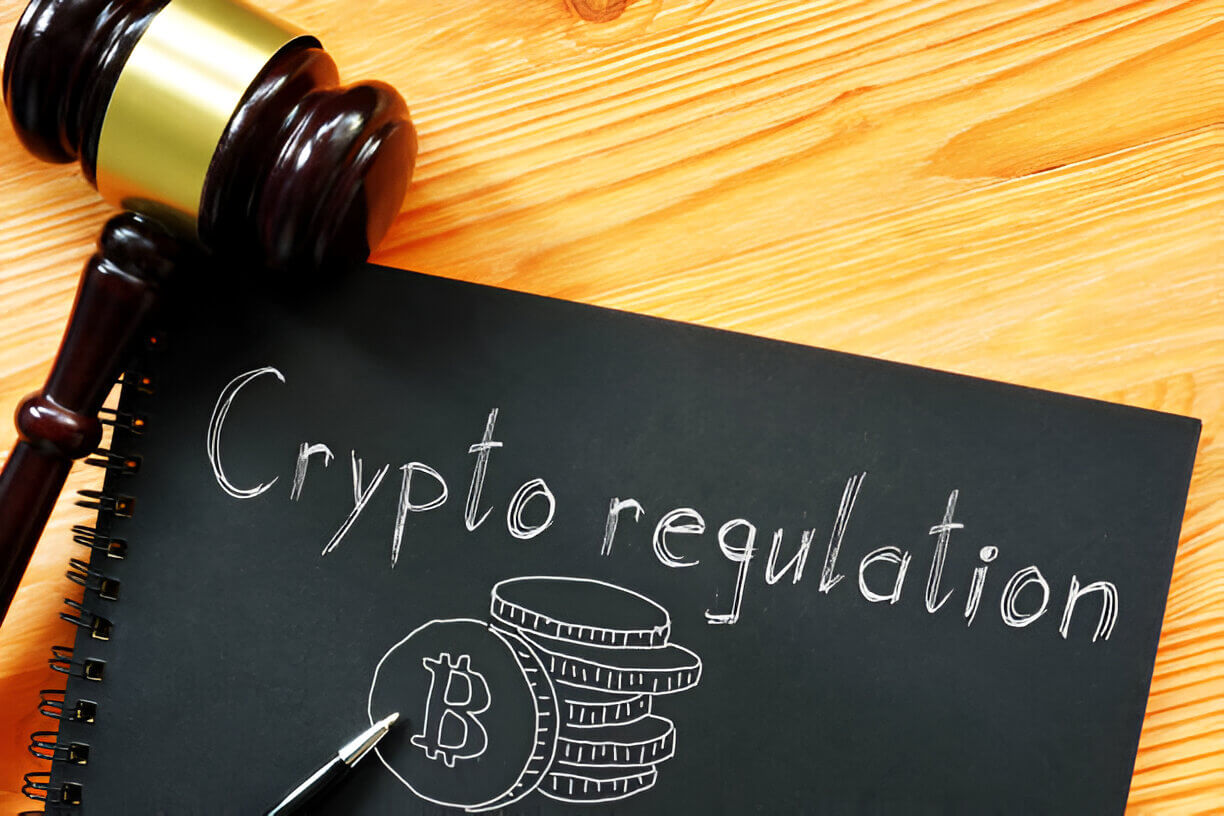No More Loopholes—The Rules Just Got Real
Crypto’s wild west days are officially over. In 2025, regulators from the U.S., EU, and key parts of Asia have rolled out sweeping laws that are reshaping how crypto trading platforms operate. The era of ignoring compliance or stalling on KYC is done.
If you’re running a crypto exchange—or just trading on one—you’ve felt the change. Licensing, disclosures, user verification, and token screening are no longer optional. Platforms are being pushed to operate more like banks than tech startups.
Here’s what’s changing, and why it matters.
U.S. Exchanges: Register or Get Out
The SEC and CFTC finally stopped arguing. A framework was passed in early 2025 that splits oversight between them based on asset type—securities vs. commodities.
This means:
-
All centralized exchanges must register under either agency.
-
Stablecoins must disclose reserve details in real-time.
-
Token listings now require disclosures similar to IPO filings.
Coinbase, Kraken, and a handful of others have already adapted. Smaller platforms? They’re either exiting or going offshore.
Custodial rules have also tightened. U.S.-based exchanges must now hold 1:1 user reserves and face quarterly audits by independent firms.
And if you’re thinking of launching a new exchange in the U.S. without proper licensing? Expect lawsuits—not fines.
EU’s MiCA Rules Go Live
Europe’s Markets in Crypto-Assets (MiCA) framework kicked in mid-2024. Now, in 2025, enforcement has begun.
What MiCA requires:
-
Licensing across all EU countries with unified standards.
-
Mandatory consumer disclosures for every listed token.
-
Strict anti-money laundering procedures.
-
Limits on algorithmic stablecoins unless fully backed.
Binance and Bitstamp got ahead of the curve. Newer platforms are scrambling to comply or face platform restrictions in the Eurozone.
MiCA also includes penalties: up to 10% of a company’s global revenue for violations. That’s no slap on the wrist.
Refference: https://www.europarl.europa.eu/doceo/document/A-9-2023-0209_EN.html
Asia’s Mixed Bag: Some Tighten, Some Open Up
Asia doesn’t move as a block, so rules vary.
Japan: Still Strict, Still Stable
Japan maintains its long-standing tight controls. Every exchange must register with the FSA and follow custody rules and strict asset separation.
The good news? It’s a mature, regulated market. The bad? Getting licensed takes time and deep pockets.
South Korea: Real-Name Mandates and Travel Rule Expansion
South Korea doubled down in 2025. Real-name bank account links are now mandatory for all users. Exchanges must share data under an expanded “Travel Rule,” which applies even to NFT transfers and DeFi apps tied to wallets.
Hong Kong: A Surprise Gateway
Hong Kong has leaned pro-crypto again. As of Q1 2025, fully licensed platforms can now serve retail users under a sandbox program. That’s helped attract capital and boosted local startup launches.
China: Still Closed, but Not for Long?
Mainland China maintains a formal ban, but with recent pilot programs in Shanghai using CBDCs and tokenized securities, cracks in the wall are forming.
DeFi Gets Pulled In
For years, DeFi operated like it lived in a bubble—no KYC, no centralized ownership, no jurisdiction.
That’s changing.
Front-End Pressure
Authorities now treat front-end websites like “on-ramps.” So while the smart contracts remain decentralized, regulators are forcing sites to:
-
Geo-block certain regions.
-
Add compliance layers like wallet whitelisting.
-
Require disclosures about token risks.
Several protocols have created “Pro” front-ends—fully compliant portals for regulated regions.
Token Screening
DEXs that list tokens with ties to known scams, exploits, or unregistered securities can face civil penalties. A few aggregator platforms have already received warning letters.
The game is no longer anonymous.
What It Means for Users
If you trade, stake, lend, or even just swap—here’s how your day-to-day might look now:
-
More identity checks. Even some self-custody wallets ask for verification.
-
Limited access depending on location. You may see “Service not available in your country” more often.
-
Slower token listings. Exchanges now vet projects more carefully, and some never get listed at all.
-
Higher fees. Compliance costs money, and platforms are passing that on.
-
More stable markets. Flash crashes and rug pulls are down. So is the 2 a.m. drama.
Some hate this. Others welcome it.
But either way—it’s the new reality.
What It Means for Builders
Launching a token, DEX, or wallet in 2025 is no longer something you do over a weekend.
Now you need:
-
A legal opinion or registration for your token
-
Regional compliance teams
-
AML/KYC integrations if you touch fiat or custody
-
Full whitepapers and economic disclosures
Builders are getting smarter. Many are registering in crypto-friendly jurisdictions like Singapore, Switzerland, and the UAE while staying compliant in big markets via sandboxes or partnerships.
The goal? Don’t get blocked. Don’t get sued. And definitely don’t get delisted.
Platforms Are Splitting: Compliant vs. Rogue
We’re seeing a divide form:
Compliant platforms:
-
Regulated
-
Slower to launch new products
-
Focused on mainstream adoption
-
Appealing to institutional users
Rogue platforms:
-
No registration
-
Operating offshore or fully decentralized
-
Risky, often banned in major countries
-
Still popular with degens chasing 100x coins
This split may widen as enforcement ramps up. In the short term, both types will survive. But longer term, regulators want the compliant side to win.
And they’re writing laws to make that happen.
What Comes Next?
Expect three things:
-
More token delistings. Exchanges will remove tokens that fail legal tests or can’t provide disclosures.
-
CBDC integration. As central bank digital currencies grow, platforms will need to integrate or risk losing fiat access.
-
AI-based compliance. Platforms will start using AI to flag bad actors and predict risk—automating parts of the legal burden.
Also, expect court battles. Several DeFi founders and NFT project leaders are already fighting enforcement actions. The courts will help define how far regulators can reach.
Final Take from Frasat Ali
Crypto regulation in 2025 isn’t about banning—it’s about control.
Trading platforms aren’t going away. But the ones that last will look a lot more like financial institutions and a lot less like Discord communities.
That’s not good or bad. It’s just where we are.
For traders: Learn the rules and stay ahead of them.
For builders: Adapt or get left behind.
For investors: Choose platforms that won’t vanish when the next letter from a regulator hits.
–– Frasat Ali
Crypto Analyst & Founder, LatestCryptoInfo.com

About The Author
Name: Frasat Ali
Role: Founder & Lead Analyst at LatestCryptoInfo.com
Experience: 5+ Years in Blockchain & Cryptocurrency Markets
Specializations: Bitcoin, Ethereum, DeFi, NFTs, and Crypto Regulations
Frasat Ali is a seasoned cryptocurrency analyst with over five years of hands-on experience in blockchain technology, trading, and market research. As the founder of LatestCryptoInfo.com, he is dedicated to providing accurate, unbiased, and actionable crypto news to help investors make informed decisions. Read More
🔗 LinkedIn: linkedin.com/in/frasataliofficial
